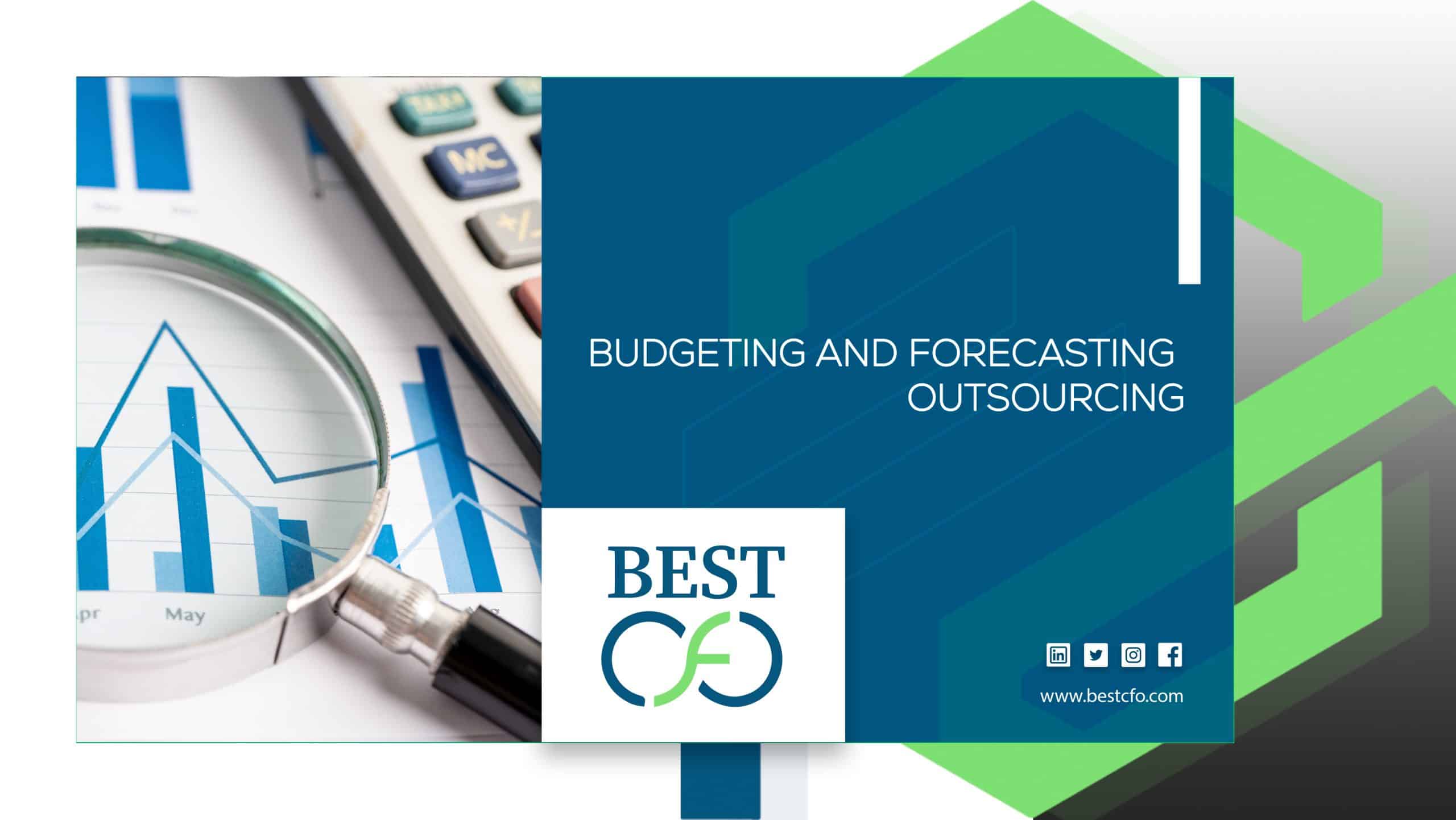
| Getting your Trinity Audio player ready... |
Is Accounts Payable a Debit or Credit? All You Need To Know
In the world of business accounting, knowing how to record transactions the right way is key. One area that often confuses people is accounts payable (AP). Many ask, “Is accounts payable a debit or credit?” This blog will break that down in a way that’s simple to understand—even if you’re new to accounting.
We’ll explain what AP is, how it works, and why understanding debits and credits is important. You’ll also learn how AP fits into double-entry bookkeeping, how it shows up on the balance sheet, and how it affects your company’s money flow.
What is Accounts Payable?
Accounts payable is the money a company owes to its suppliers or vendors for goods or services it has received but hasn’t paid for yet. In simple terms, it’s a kind of short-term debt. For example, when a business receives an invoice from a supplier and agrees to pay it later, that amount goes under AP.
AP is listed under the liabilities section of the balance sheet because it represents money the business needs to pay. Examples of AP include:
- Unpaid utility or internet bills
- Amounts owed for office supplies
- Short-term debts like vendor payments
These are all part of regular business operations and are usually paid within 30 to 90 days.
How Accounts Payable Works
The AP process usually follows this flow:
- The business places a purchase order
- It receives the goods or services
- The supplier sends an invoice
- The business records the invoice processing
- Payment is made within the set time
Managing accounts payable properly helps companies keep a good relationship with suppliers and manage their cash flow better. It’s also important to know that accounts payable is the opposite of accounts receivable, which is money owed to the business by its customers.
Debits and Credits in Accounting
To understand AP fully, you need to know how debits and credits work in the double-entry bookkeeping system.
Basics of Double-Entry Accounting
In double-entry accounting, every financial transaction affects at least two accounts. One side is a debit, and the other is a credit. The basic formula is:
Assets = Liabilities + Equity
This means everything the company owns (assets) must be balanced by what it owes (liabilities) and the value of the owner’s interest (equity).
General Rules for Debits and Credits
Here’s a simple breakdown:
- Assets (like cash or inventory): Debit increases, Credit decreases
- Liabilities (like accounts payable): Credit increases, Debit decreases
- Equity & Revenue: Credit increases, Debit decreases
- Expenses: Debit increases, Credit decreases
These rules help keep the accounting equation in balance and ensure proper financial reporting.
Is Accounts Payable a Debit or Credit?
Now to the main question: Is accounts payable a debit or credit?
Accounts Payable as a Liability
Accounts payable is a liability, so it follows the rules for liabilities. That means:
- When a new invoice is received, AP is credited (it increases the amount owed).
- When a payment is made, AP is debited (it decreases the amount owed).
So, to answer clearly:
Accounts payable is normally a credit.
Practical Examples
Let’s look at two examples to see this in action:
Example 1: Recording an Invoice
A company gets an invoice for $1,000 worth of inventory. The journal entry would be:
- Debit: Inventory or Expense account – $1,000
- Credit: Accounts Payable – $1,000
This increases both inventory (an asset) and AP (a liability).
Example 2: Paying the Invoice
The company pays the supplier $1,000. The journal entry would be:
- Debit: Accounts Payable – $1,000
- Credit: Cash or Bank – $1,000
This reduces both the liability and the company’s cash.

Common Mistakes to Avoid
- Debiting AP instead of crediting when recording a new invoice
- Not crediting AP when recording a new liability
- Mixing up AP with expenses, which follow different rules
Making these mistakes can throw off your general ledger and lead to errors in your financial statements.
How Accounts Payable Affects Financial Statements
Here is how accounts payable affect financial statements:
Impact on the Balance Sheet
On the balance sheet, AP appears under current liabilities. A high AP balance means the company owes more money in the short term. This can be fine if it’s managed well, but it also means the business must keep enough cash on hand to cover upcoming bills.
Impact on Cash Flow
Delaying payments can help with short-term cash flow. However, it can also hurt relationships with suppliers or lead to late payment penalties. On the other hand, some suppliers offer early payment discounts, which can save money.
Relationship with Working Capital
Working capital = Current assets – Current liabilities
Since AP is a current liability, a high AP balance will reduce working capital. This could signal that the business is relying heavily on supplier credit, which is common in trade and supply chain operations.
Best Practices for Managing Accounts Payable
The following are some best practices for managing accounts payables:
Efficient Invoice Processing
To avoid delays and errors, businesses often use invoice automation tools like QuickBooks or Xero. These tools help track purchase orders, invoices, and receipts. A method called three-way matching (comparing PO, invoice, and receipt) helps catch mistakes early.
Timely Payments & Cash Flow Management
Businesses should set clear payment terms (like Net 30 or Net 60). Paying early can help secure discounts, while paying too late can hurt supplier trust.
Fraud Prevention & Internal Controls
To stop fraud, companies should have internal controls, like separating the duties of approving invoices and making payments. Regular AP audits can also help spot any strange activity.
Conclusion
So, is accounts payable a debit or credit? In short, accounts payable is a credit because it increases a company’s liabilities when recorded. When paid, it’s debited, which lowers the amount owed.
Understanding how accounts payable, debits and credits, and the balance sheet all fit together is important for anyone involved in finance, business economics, or financial management. Whether you’re a small business owner or part of a large corporation, tracking AP correctly ensures healthy money flow and accurate records.
Want help managing your accounts payable the right way? Trust the experts at Best CFO—we make accounting simple.
FAQs
1: Why is accounts payable listed as a liability?
Because it represents money the company owes to suppliers or vendors. Until it’s paid, it’s considered a short-term debt.
2: Is accounts payable part of expenses?
No. While it’s often related to expenses, AP itself is a liability, not an expense.
3: What is the difference between accounts payable and accrued expenses?
Both are liabilities, but accrued expenses are costs recognized before receiving an invoice. AP is recorded when an invoice is received.
4: Can accounts payable have a debit balance?
Usually no. But if there’s an error or overpayment, it may show a temporary debit balance.
5: How does AP relate to the accounting equation?
AP is part of the liabilities side. So if AP increases, liabilities go up, and the equation stays balanced.
Related Posts
From Finance to Future-Proofing: The Strategic CFO for IT
From Finance to Future-Proofing: The Strategic CFO for IT Suppose a traditional CFO sitting at…
CFO vs Finance Manager: Choosing The Right One For You
CFO vs Finance Manager: Choosing The Right One For You The finance world can be…
When Should You Outsource My CFO? – The Guide
When Should You Outsource My CFO? – The Guide Every business, no matter how small…
Top 5 Reasons Why You Should Outsource HR
Top 5 Reasons Why You Should Outsource HR Outsourcing is gaining popularity among businesses looking…
 Demos
Demos  Colors
Colors  Docs
Docs  Support
Support 










